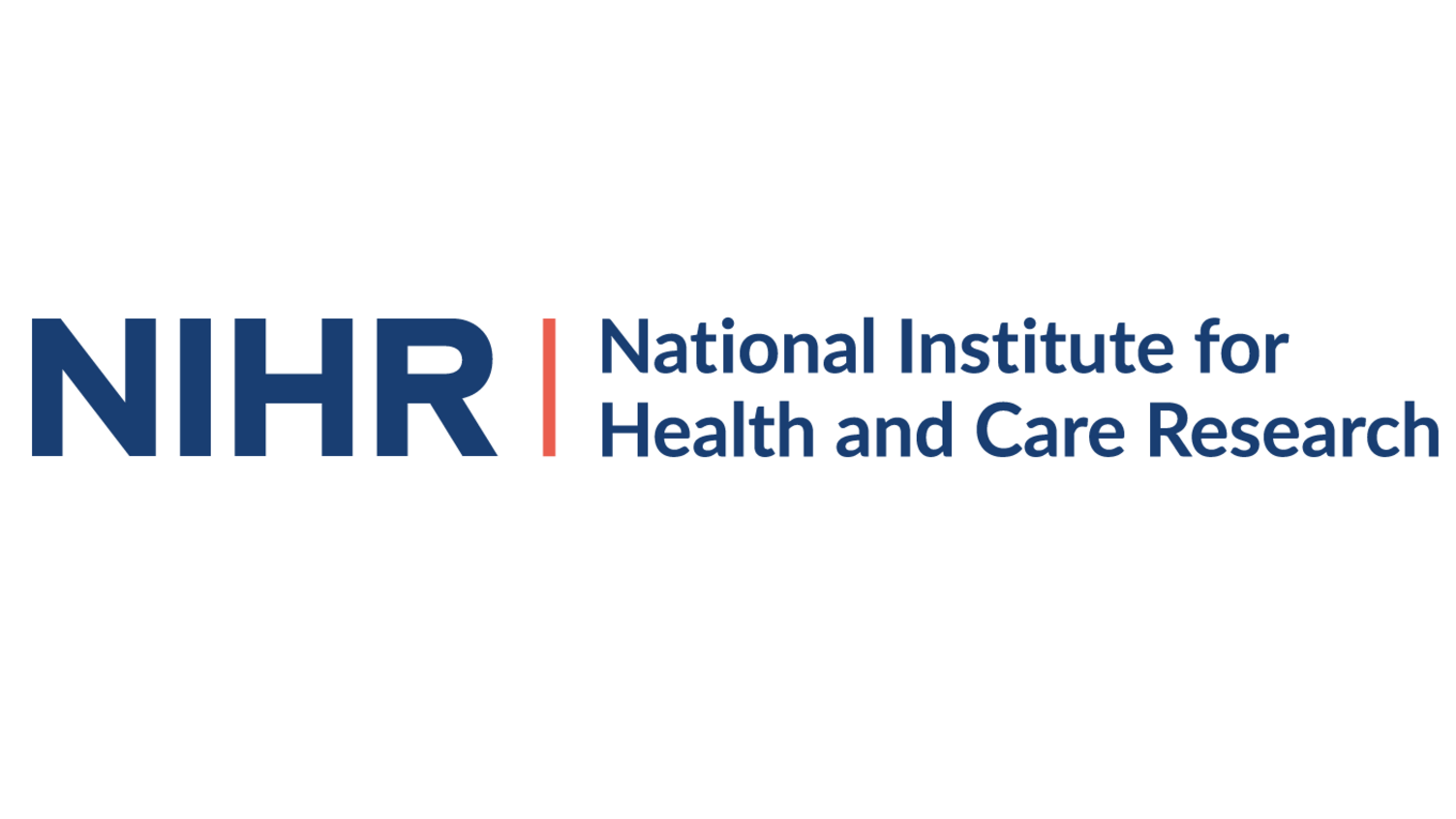What happens after the Top 10? An example from the Children’s Cancer PSP
- 30 July 2024
- 2 min read
We are often asked about the best way to promote the Top 10 priorities after a final workshop.
The honest answer is, there isn’t a one size fits all approach. Promoting the Top 10 is specific to each individual PSP and what happens after the Top 10 will be determined by the topic area, the network of the PSP and what funding is available for promotional activity.
It’s important to think about what will happen at the end of the PSP at the start. A great example of this is the Children’s Cancer PSP.
The PSP team costed into their initial grant application sufficient resource for a Funders Meeting. This took place in February this year following the initial publication of the Top 10 in November 2022.
The meeting brought together 16 different funders of Children’s Cancer research. The focus was on the top priorities identified from the PSP (23 in total). Funders were asked to consider which priorities their organisation funds work within and what priorities they think should be funded in the future. This identified any gaps in funding and prompted interesting discussions amongst the group as to why such gaps existed and how to address these moving forwards.
The next part of the meeting involved 3 different discussion groups diving deeper into earlier conversations. These discussions focused on:
- Addressing the gaps in funding
- How to encourage applications to research calls for projects focusing on the priorities
- Establishing who currently funds what.
These discussions upheld the key JLA principles of collaboration and equality. They gave consideration to all perspectives, from those with lived experience through to funding representatives and clinicians. Conversations were rich and insightful; it was a privilege to be part of them and witness the passion and drive for action from the group as a whole.
The continued involvement of parents and patient advocates remained central throughout the process. This is reflected in how collaboration and coordination were the final thoughts for the day. There was certainly a sense of commitment from the group towards a future action plan including:
- Further information gathering on current funding
- Coordination of future funding
- Closing the gaps in funding.
Bringing together funders in this way is a great example of how to maintain energy behind the priorities; keeping them on the radar and in focus. A 'mapping exercise' looking at organisations' research strategies and research portfolios against the PSP priorities has now been commissioned by the Children’s Cancer and Leukaemia Group (CCLG). This work will be led by Susie Aldiss and Faith Gibson at the University of Surrey who were part of the coordinating team on the original PSP work.
Building links across networks and establishing relationships has been integral for this PSP’s ongoing journey and we are excited to see what comes next!
For more information and support about what happens after a Top 10, check out the More than a Top 10 report (.PDF) or contact the JLA coordinating team.


